|
|
||||||
|
|
|
|||||
| (Haworth 1809) | (Haworth 1809) | (Hufnagel 1766) | (Hufnagel 1766) | |
| Noctuidae - Noctuinae | Noctuidae - Noctuinae | Noctuidae - Noctuinae | Noctuidae - Noctuinae | |
| Six-striped Rustic | Six-striped Rustic | Double Square-spot | Double Square-spot | |
| Xestia sexstrigata | Xestia sexstrigata | Xestia triangulum | Xestia triangulum | |
| 73.358 BF 2133 | 73.358 BF 2133 | 73.361 BF 2128 | 73.361 BF 2128 | |
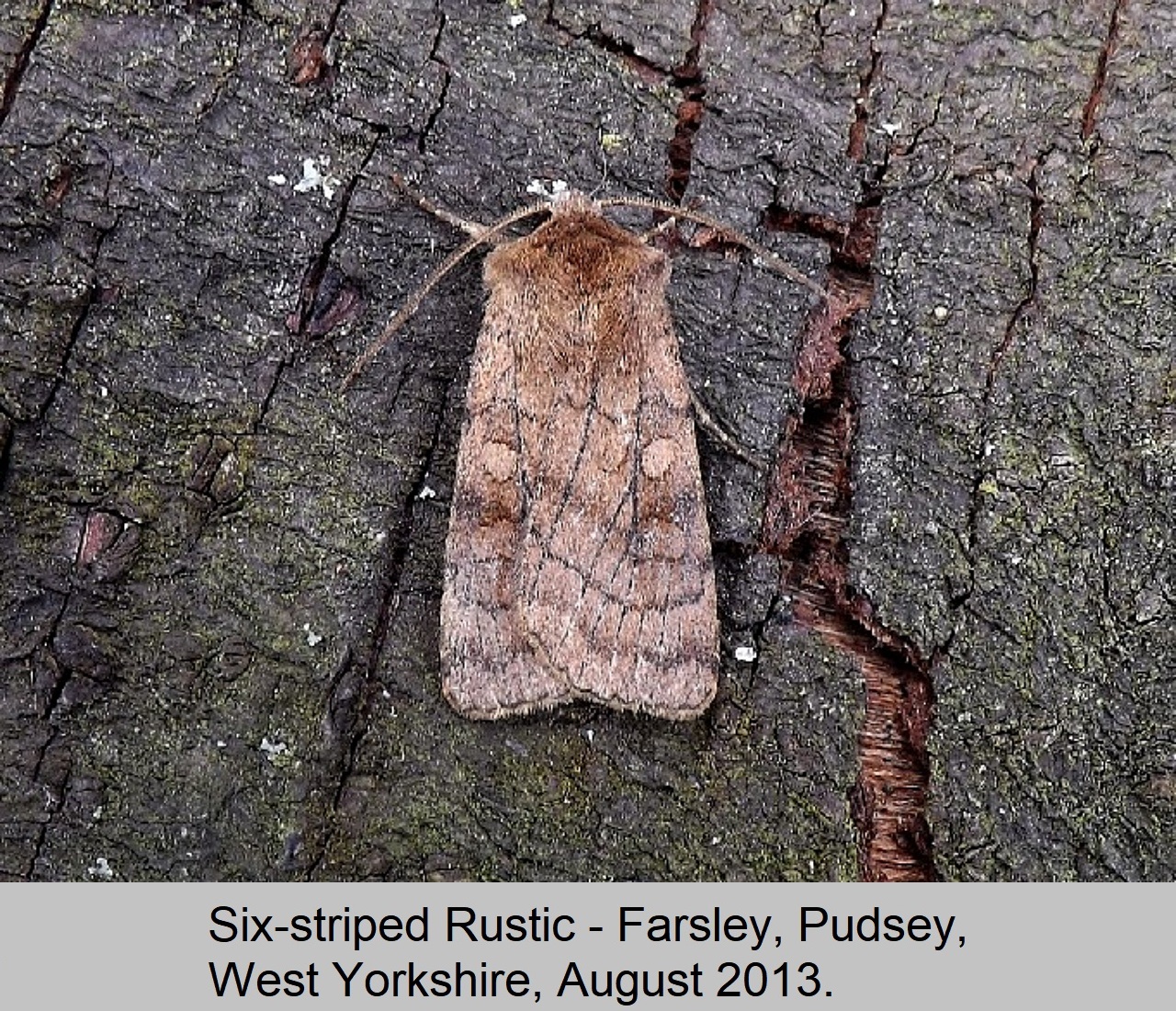 |
Status: Resident in UK. Wing Span: 36mm to 38mm. Flight Period: July and August. Habitat: This species inhabits grassy places including parks, gardens, waste ground, roadside verges. Comment: This moth is a fairly common resident throughout the British Isles, including the Orkney's and Hebrides. |
|
Status: Resident in UK. Wing Span: 7mm to 10mm. Flight Period: June and July. Habitat: It inhabits deciduous wood land, and is found in well wooded suburbs, the larvae feed on many shrubs and herbaceous plants. Comment: Well distributed, and local in the British Isles. It is probably most common in south eastern England. |
Next Butterflies of Florida
Pages 1 & 2 |
| (Linnaeus 1758) | (Linnaeus 1758) | (Linnaeus 1758) | (Linnaeus 1758) | (Linnaeus 1758) |
| Noctuidae - Noctuinae | Noctuidae - Noctuinae | Noctuidae - Noctuinae | Noctuidae - Noctuinae | Noctuidae - Noctuinae |
| Setaceous Hebrew Character | Setaceous Hebrew Character | Setaceous Hebrew Character | Setaceous Hebrew Character | Setaceous Hebrew Character |
| Xestia c-nigrum | Xestia c-nigrum | Xestia c-nigrum | Xestia c-nigrum | Xestia c-nigrum |
| 73.359 BF 2126 | 73.359 BF 2126 | 73.359 BF 2126 | 73.359 BF 2126 | 73.359 BF 2126 |
 |
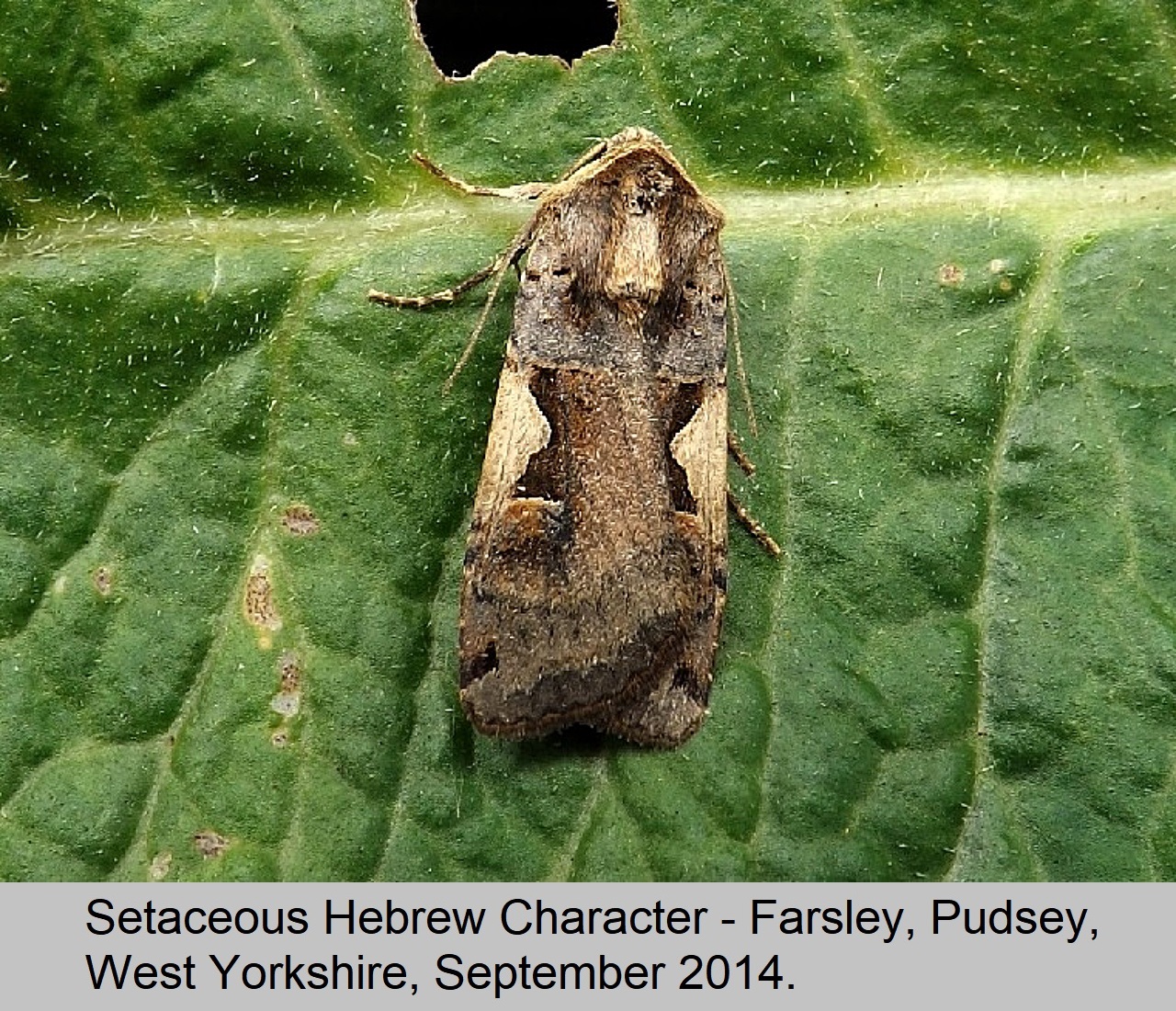 |
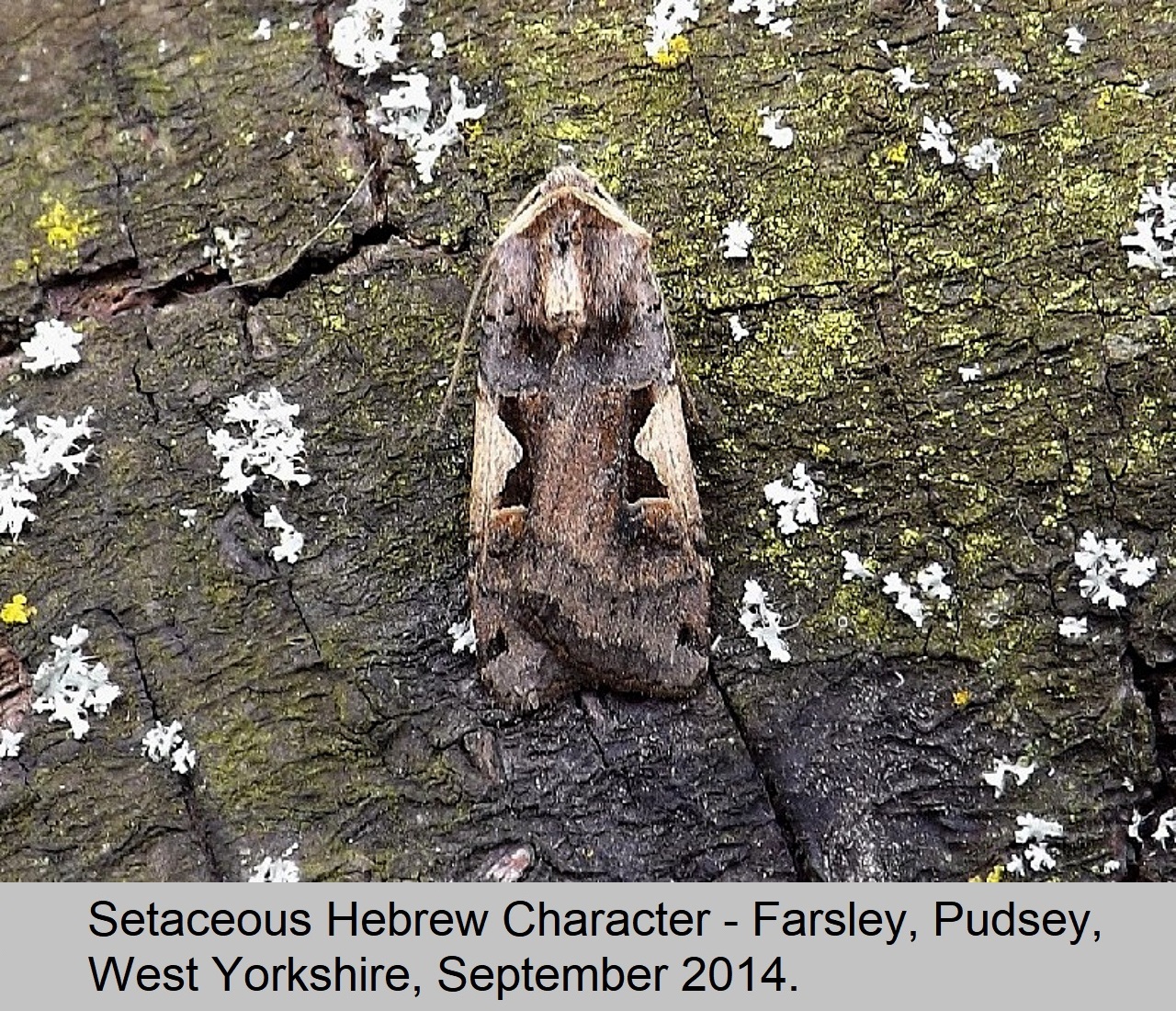 |
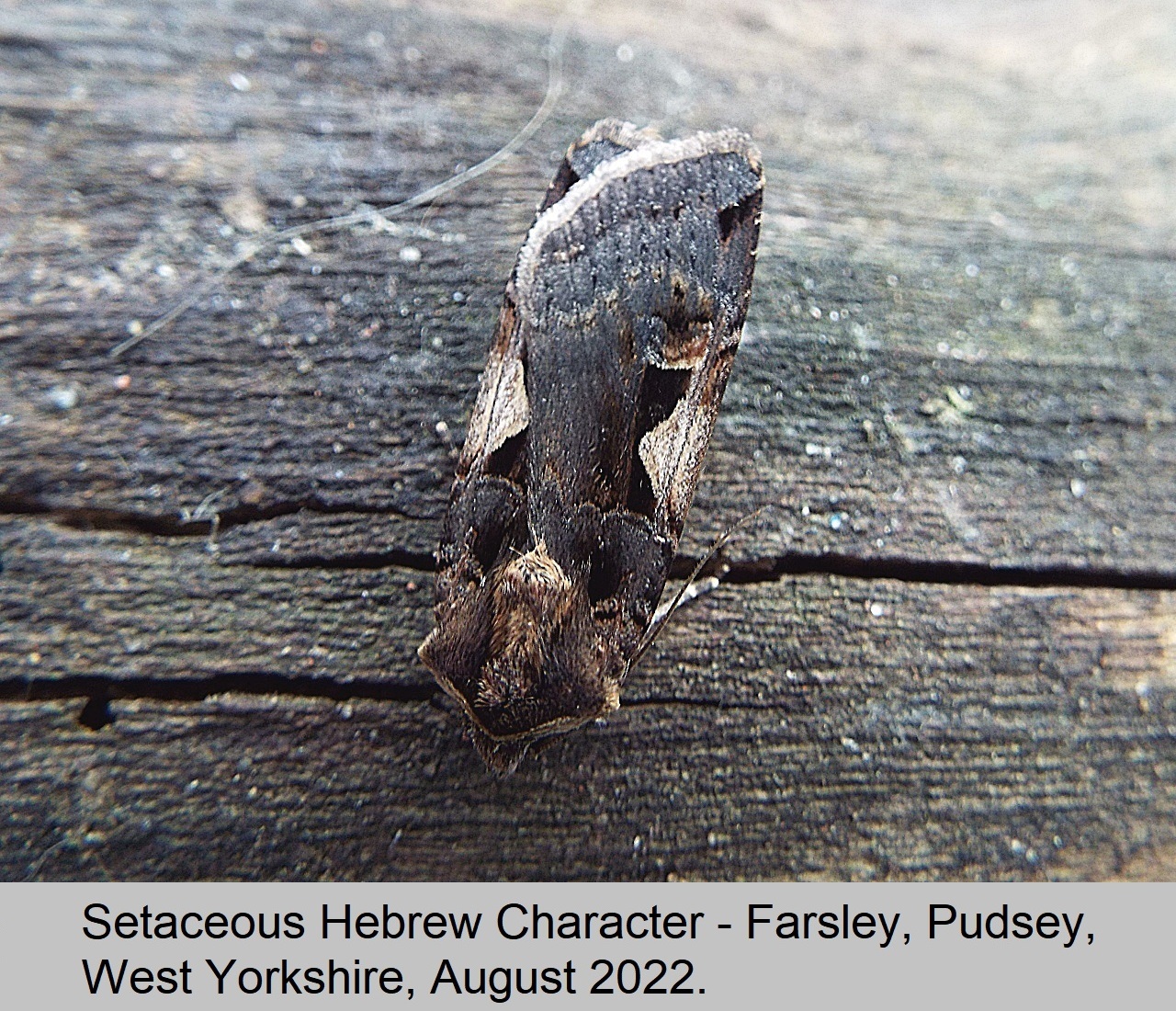 |
Status: Resident in UK. Wing Span: 35mm to 45mm. Flight Period: May to July, again in August to October. Habitat: Wooded area's, which can include parks and gardens. Comment: Well distributed resident, and migrant to the British Isles. They are most common in the south, but have been reported from all parts. |
| (Linnaeus 1758) | (Linnaeus 1758) | (Linnaeus 1758) | (Linnaeus 1758) | (Linnaeus 1758) |
| Noctuidae - Noctuinae | Noctuidae - Noctuinae | Noctuidae - Noctuinae | Noctuidae - Noctuinae | Noctuidae - Noctuinae |
| The Gothic | The Gothic | The Gothic | The Gothic | The Gothic |
| Naenia typicae | Naenia typicae | Naenia typicae | Naenia typicae | Naenia typicae |
| 73.368 BF 2136 | 73.368 BF 2136 | 73.368 BF 2136 | 73.368 BF 2136 | 73.368 BF 2136 |
 |
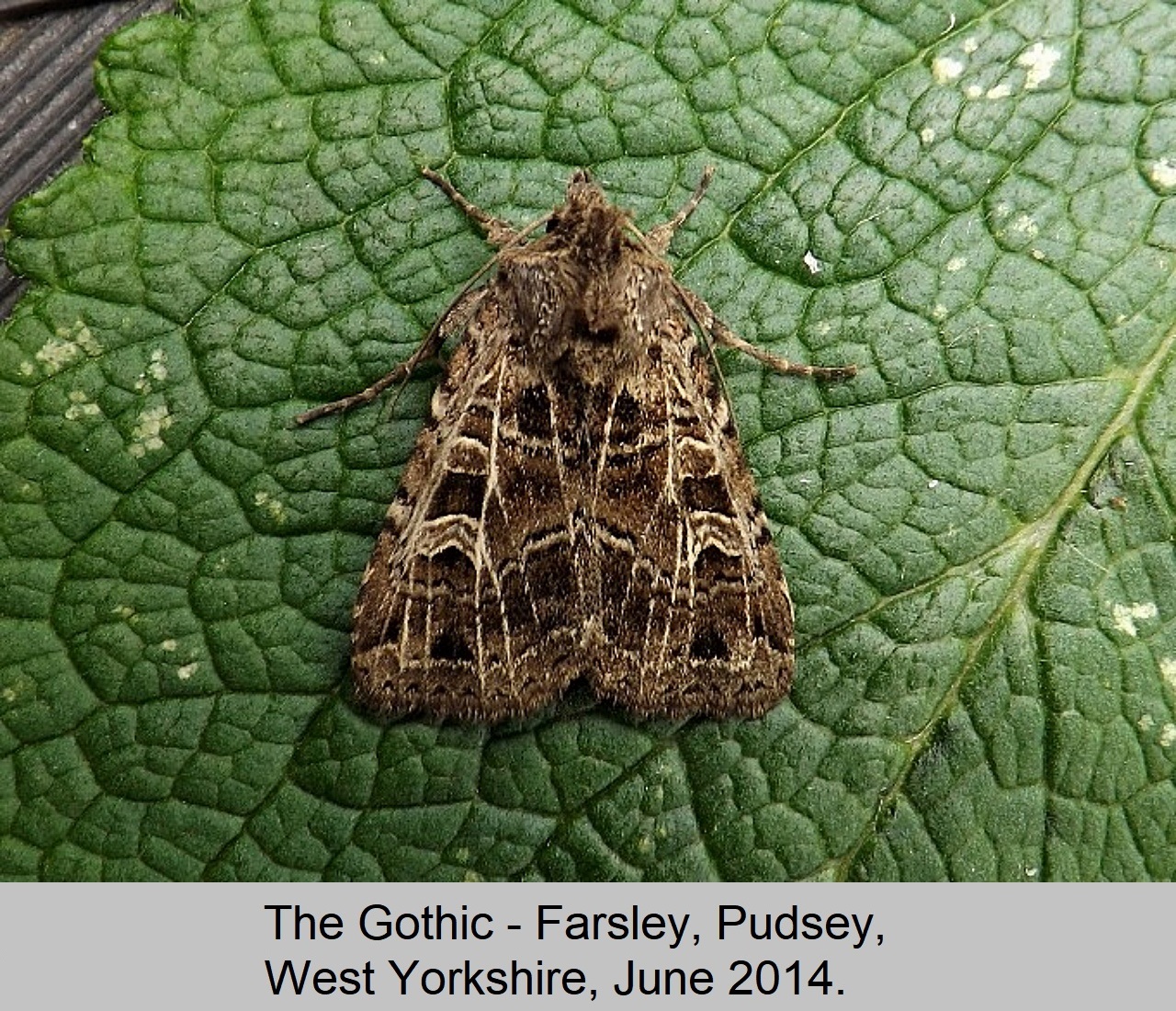 |
|
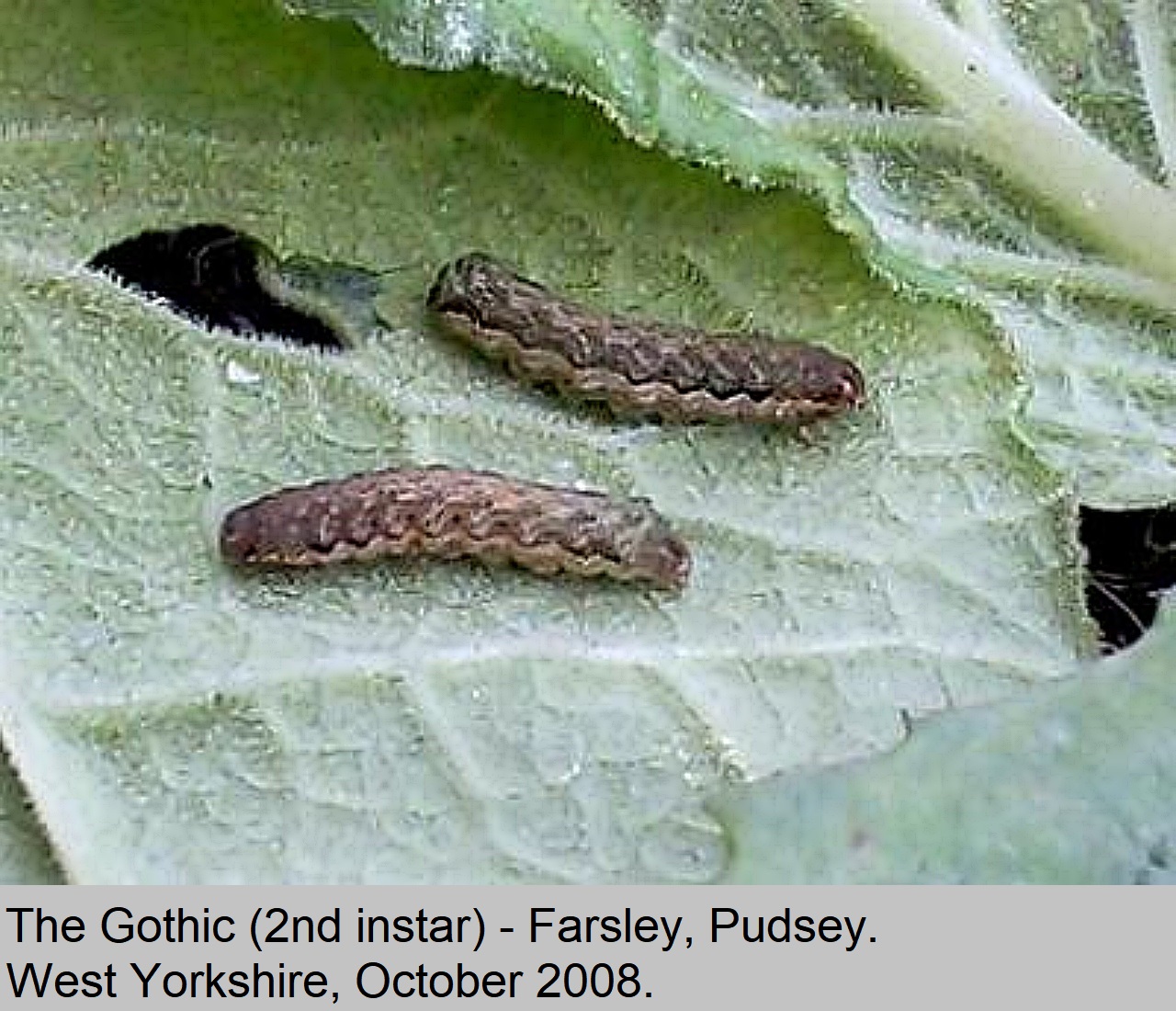 |
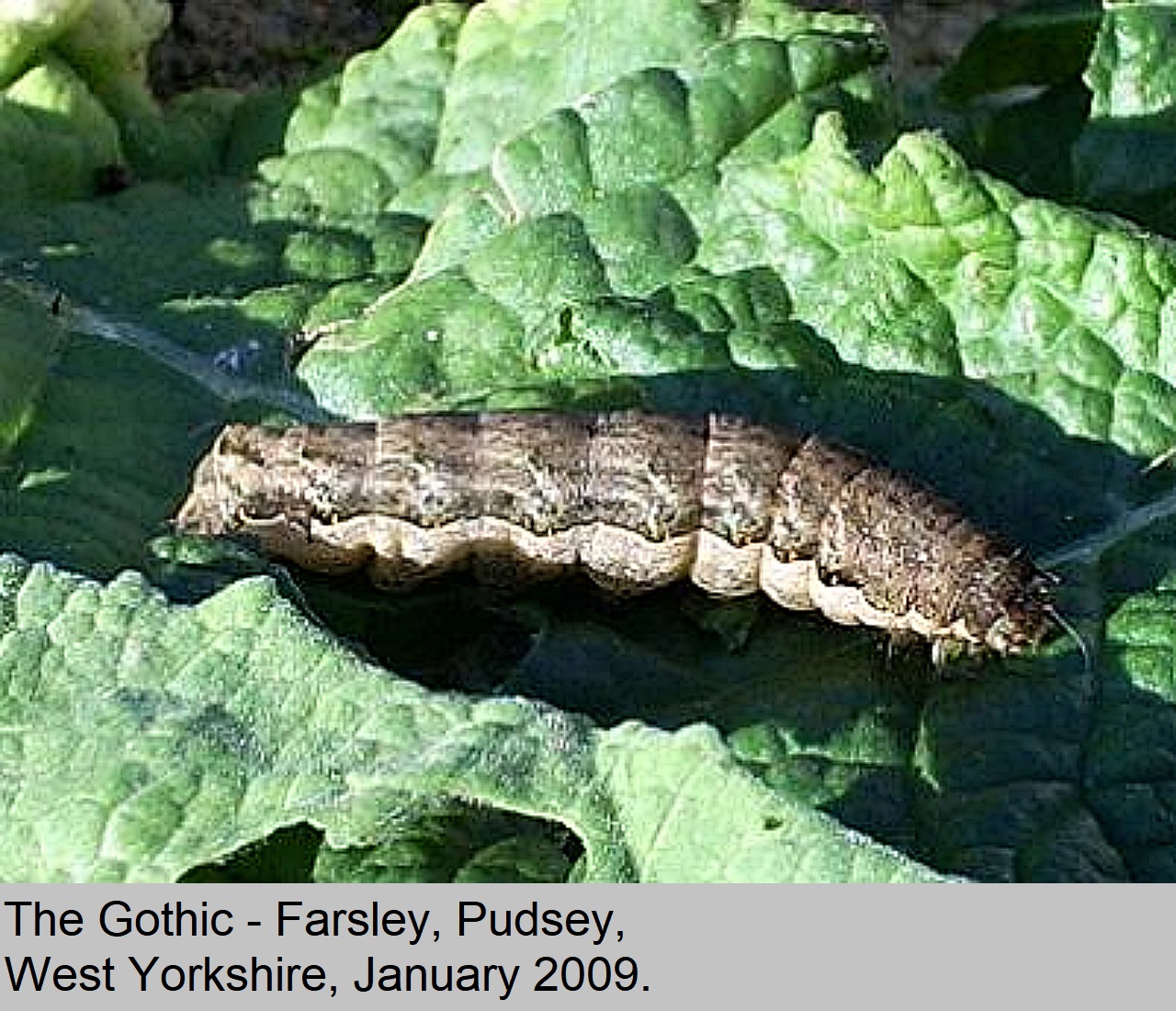 |
| Noctuidae - Nolidae | Noctuidae - Nolidae | Noctuidae - Nolidae | Noctuidae - Noctuinae | Noctuidae - Noctuinae |
| Short-cloaked Moth | Short-cloaked Moth | Short-cloaked Moth | The Gothic | The Gothic |
| Nola cucullatella | Nola cucullatella | Nola cucullatella | Naenia typicae | Naenia typicae |
| 74.003 BF 2077 | 74.003 BF 2077 | 74.003 BF 2077 | 73.368 BF 2136 | 73.368 BF 2136 |
|
Status: Resident in UK. Wing Span: 15mm to 20mm. Flight Period: June and July. Habitat: Habitats are shrubby places such as hedgerows, roadside verges, woodland, commons and other places where suitable trees and shrubs grow. Comment: This moth is a well distributed resident throughout England and Wales. |
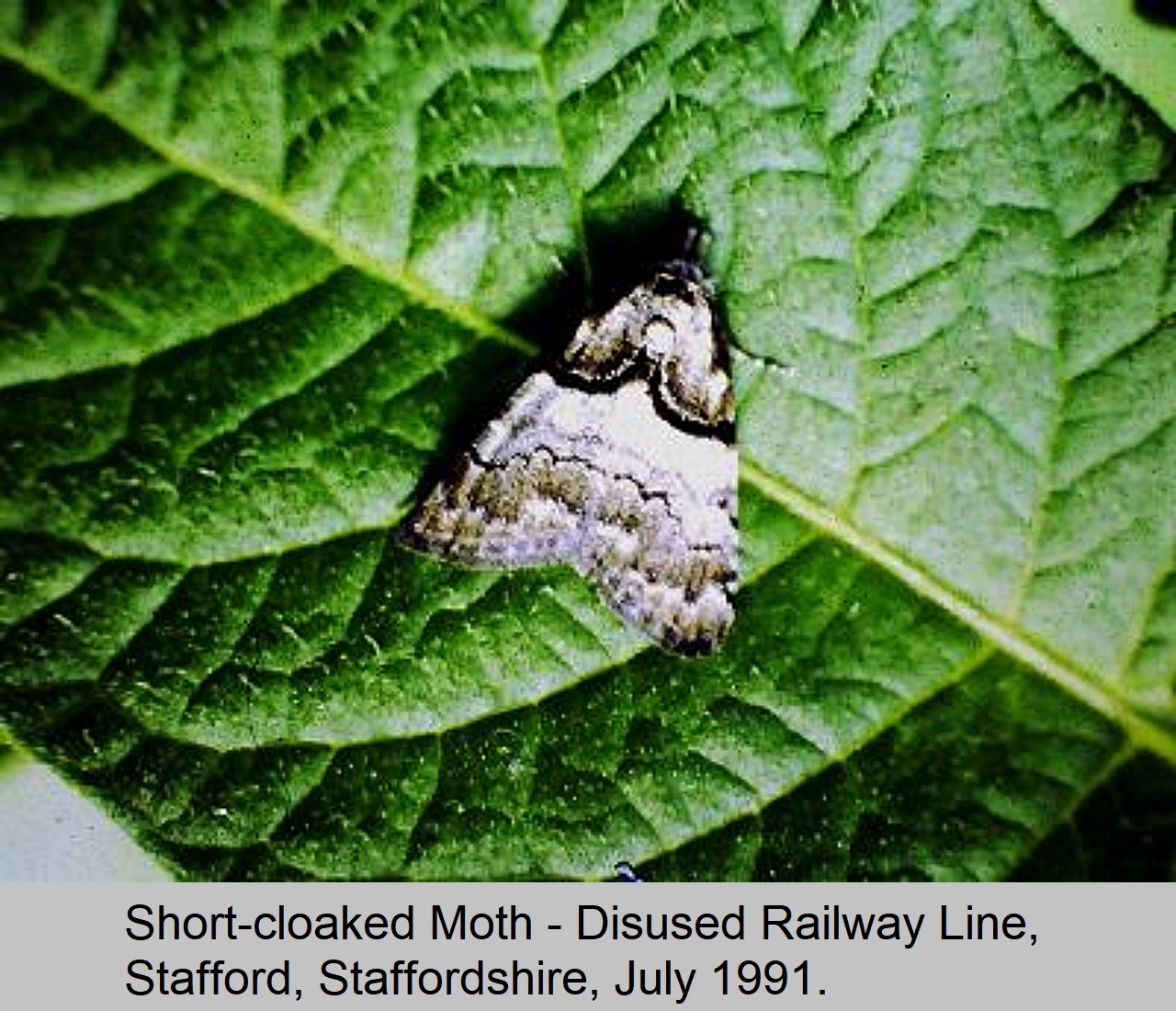 |
|
Status: Resident in UK. Wing Span: 36mm to 46mm. Flight Period: June and July. Habitat: Gardens, parks, waste ground, woodland, hedgerows, ditches provided they are fairly damp and marshy. Comment: Well distributed resident to the British Isles, it is not usually common excepting for the old English midlands slag heaps. |
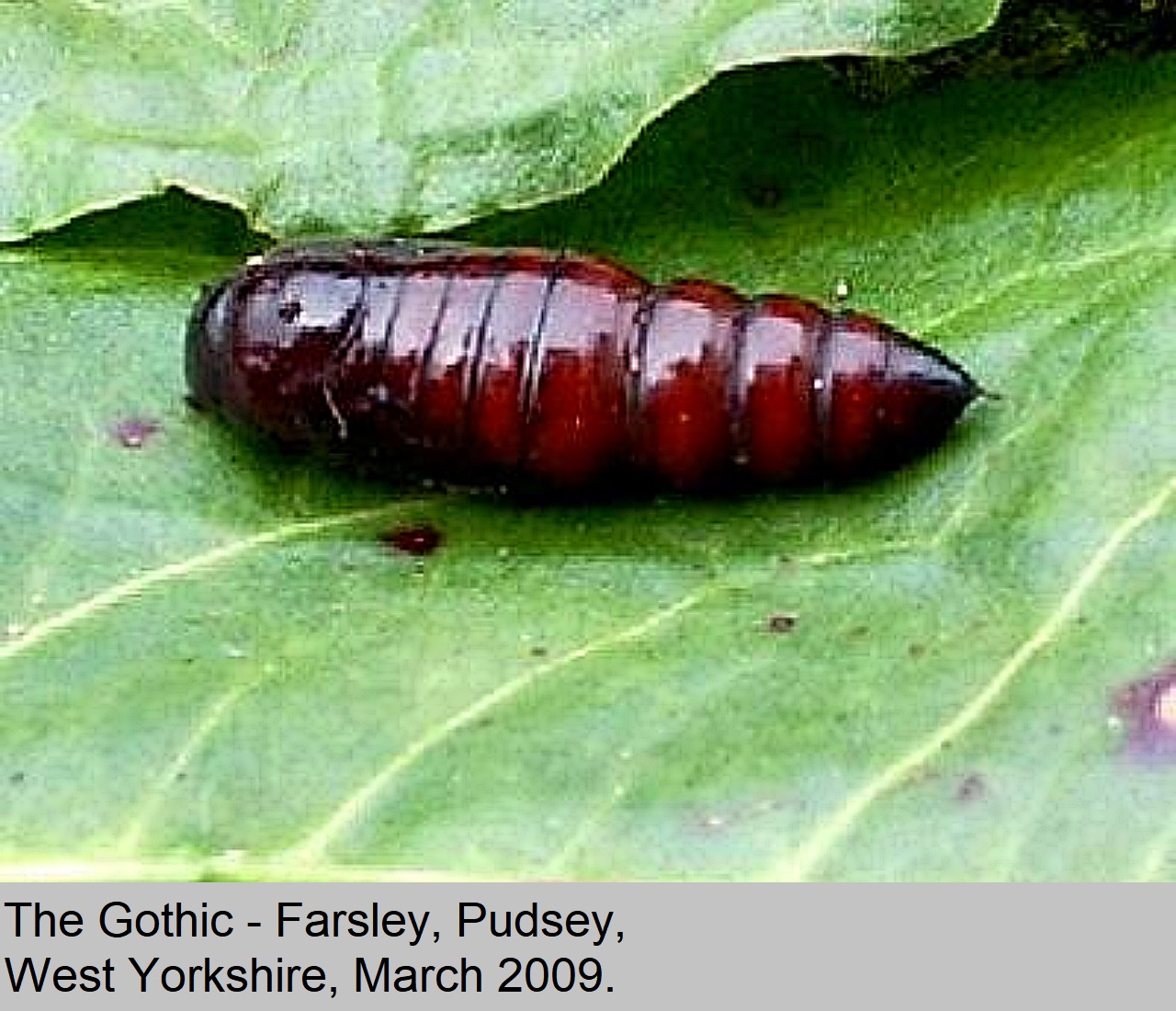 |
|
Contact Website Manager dave.hatton29@btinternet.com |
Web Designer Dave Hatton |
Dave Hatton reserves the copyright on all images. © 2022 |
||||||